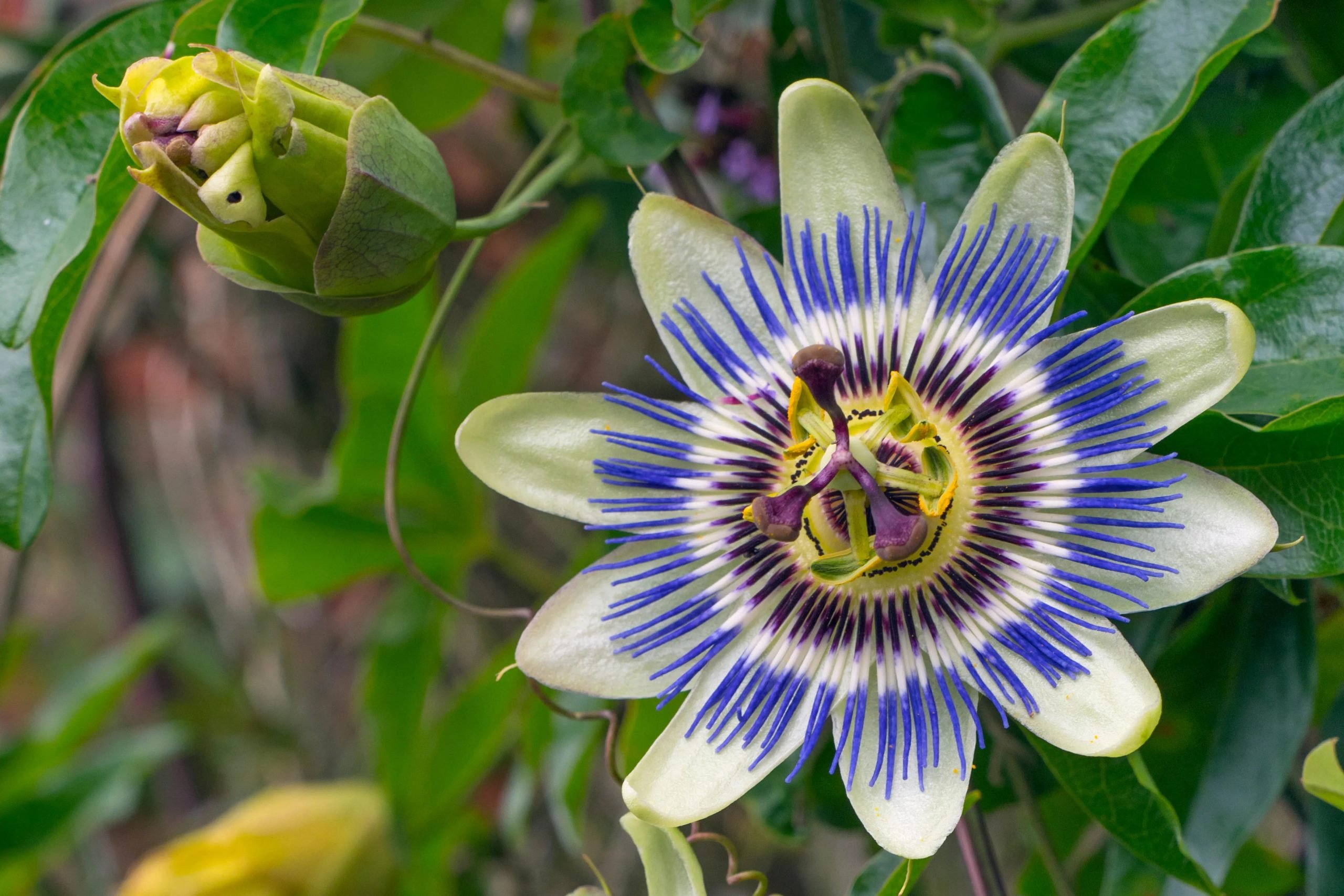Growing Passion Flower Plants
Choosing the Right Variety
The UK climate is generally suitable for hardy passion flower varieties, such as Passiflora caerulea. This species is known for its resilience and ability to withstand colder temperatures. However, if you live in a region with particularly harsh winters, it’s advisable to choose a more tender variety and provide additional protection.
Planting

Timing: The ideal time to plant passion flower plants is in spring, after the last frost.
Fertilization
Passion flower plants are moderate feeders. To encourage healthy growth and abundant flowering, you can fertilize them with a balanced liquid fertilizer every 4-6 weeks during the growing season. Avoid over-fertilizing, as this can lead to excessive leaf growth and reduced flowering.
Blooming

Passion flowers are renowned for their exotic blooms. To encourage prolific flowering, ensure your plant receives plenty of sunlight. Adequate watering and regular fertilization will also contribute to a vibrant display of flowers.
Pruning
Pruning your passion flower plant can help to maintain its shape and encourage bushier growth. Prune in late winter or early spring, removing any dead or damaged stems. You can also shorten long, leggy stems to encourage new growth.
Watering

Watering Frequency
During the Growing Season: Water your passion flower regularly, especially during dry periods. Aim to keep the soil consistently moist but not waterlogged.
Watering Technique
Water your passion flower at the base of the plant, avoiding wetting the foliage. Wet leaves can increase the risk of fungal diseases.
Additional Tips for Optimal Growth
Mulching: Applying a layer of mulch around the base of the plant can help retain moisture and suppress weeds.
By following these care tips, you can enjoy the beauty of your passion flower plant for many years to come.
